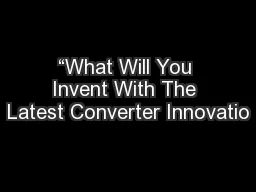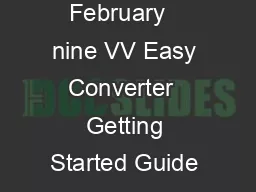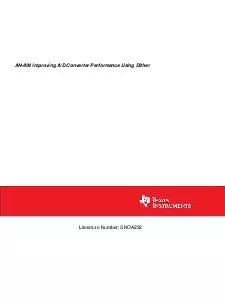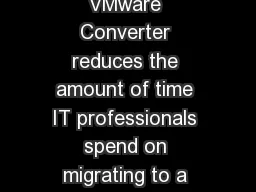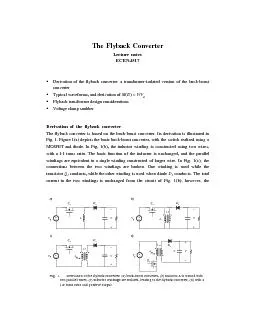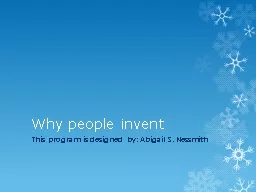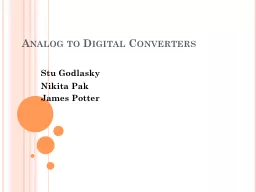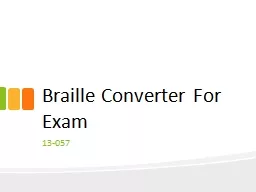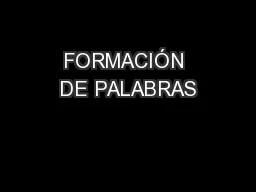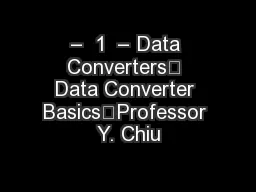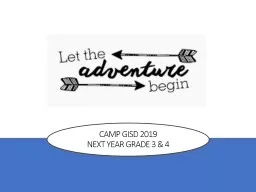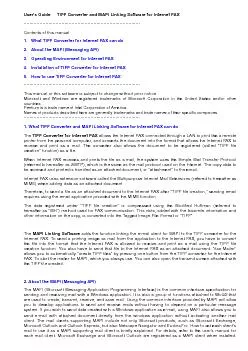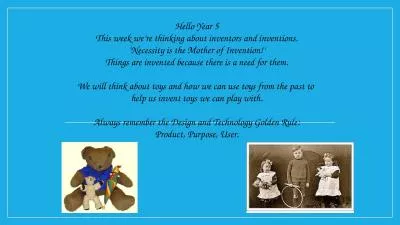PPT-“What Will You Invent With The Latest Converter Innovatio
Author : jane-oiler | Published Date : 2015-10-06
Gil Engel Senior Staff Design Engineer Analog Devices High Speed Converter Group January 29 2014 Introduction There is a rapid expansion of consumer demand for data
Presentation Embed Code
Download Presentation
Download Presentation The PPT/PDF document "“What Will You Invent With The Latest ..." is the property of its rightful owner. Permission is granted to download and print the materials on this website for personal, non-commercial use only, and to display it on your personal computer provided you do not modify the materials and that you retain all copyright notices contained in the materials. By downloading content from our website, you accept the terms of this agreement.
“What Will You Invent With The Latest Converter Innovatio: Transcript
Download Rules Of Document
"“What Will You Invent With The Latest Converter Innovatio"The content belongs to its owner. You may download and print it for personal use, without modification, and keep all copyright notices. By downloading, you agree to these terms.
Related Documents

